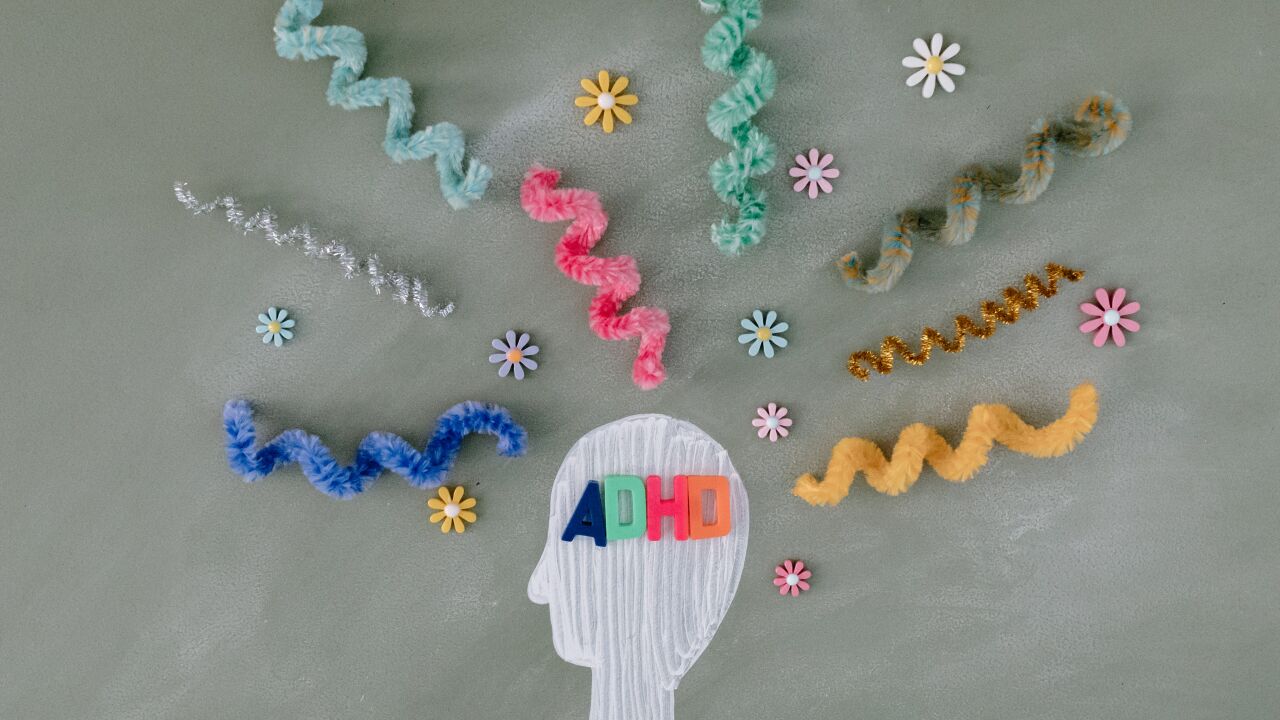Bipolar disorder is a mental health condition characterized by changes in mood and energy levels in a more severe and elevated manner. The condition affects one’s thinking, judgment, behaviour, memory and sleep. The onset of bipolar disorder symptoms usually begins during early adult years of a person’s life. However, children can also suffer from the condition, and it may last a lifetime.
According to studies, bipolar disorder is known to be the sixth leading cause of disability in people.
Symptoms:
Bipolar Disorder symptoms can last from few days to even weeks or months depending upon the severity. It affects a person’s cognitive ability to perform basic functioning sometimes like maintaining a routine, going to work, waking up etc. The frequency, severity and pattern of symptoms can vary from person to person.
The most common maniac and depressive symptoms of bipolar disorder are:
1. Manic Symptoms: Mania or hypomania are characterized by elevated moods. manic episodes in BD usually last at least a week wherein the person is excessively irritable or extremely high spirited.
Example: Racing thoughts, Irregular sleep, inflated self-esteem, faster speech, impulsive behaviour, increased activity, distractibility.
The symptoms sometime require hospitalization to ensure the safety.
2. Depressive Symptoms: A depressive episode is a period in which a person experiences intense sadness or despair or a loss of interest in activities for at least two weeks.
Example: Feelings of worthlessness or guilt, Fatigue, Increased or decreased sleep, restlessness (e.g., pacing) or slowed speech or movement, frequent thoughts of death or suicide.
Types:
The American Psychiatric Association (APA) Classifies Bipolar disorder into five types:
1. Bipolar I Disorder: At least one manic episode (lasting at least 7 days or requiring hospitalization), often followed by depressive episodes. Depression is common but not required for diagnosis. Sometimes, manic episodes can be very severe and may include psychosis.
2. Bipolar II Disorder: At least one hypomanic episode and one major depressive episode. Usually no full manic episodes. In this, hypomania is less intense than mania, but depression can be just as severe.
3. Cyclothyhmic Disorder: Chronic fluctuating mood disturbances with periods of hypomanic symptoms and depressive symptoms that don’t meet full criteria for a mood episode. The duration usually atleast 2 years. Milder but more persistent mood swings.
4. Other specified and unspecified bipolar and related disorder: It may include short-duration hypomania/depression, incomplete symptom presentations, substance- or medication-induced mood changes
Diagnosis:
Following tools can be used to diagnose bipolar disorder
• A Physical exam
• Lab tests to identify any medical problems
• A psychiatric assessment
• An interview
• A Psychological evaluation
Bipolar disorder is usually diagnosed based on the severity, duration, and frequency of an individual’s symptoms and experiences over their lifetime.
Treatment:
Treatments for bipolar II are similar to those for bipolar I i.e. medication and psychotherapy. The most commonly used medications are mood stabilizers. Antidepressants are used cautiously for the treatment of bipolar-associated depression and continued only for a short time after the depression gets better as they increase the risk of switching depression into hypomania and mania. ECT therapy may be used in some cases if depressive symptoms are severe and medication is not effective. Each person's treatment is individualized.
If you or someone you know experiencing these symptoms, it’s important to consult with a psychologist or physician. A physician may help out in finding any potential physical health issues that may be contributing to your symptoms and experiences. A reference to a psychiatrist or a mental health professional for an evaluation would be helpful in early diagnosis.
HealthCurate articles are backed by evidence curated from reliable sources and researches in India and other parts of the world.
We aim to provide only reliable health and medical information. If you find anything that doesn't align to this goal, do let us know.
View Sources


